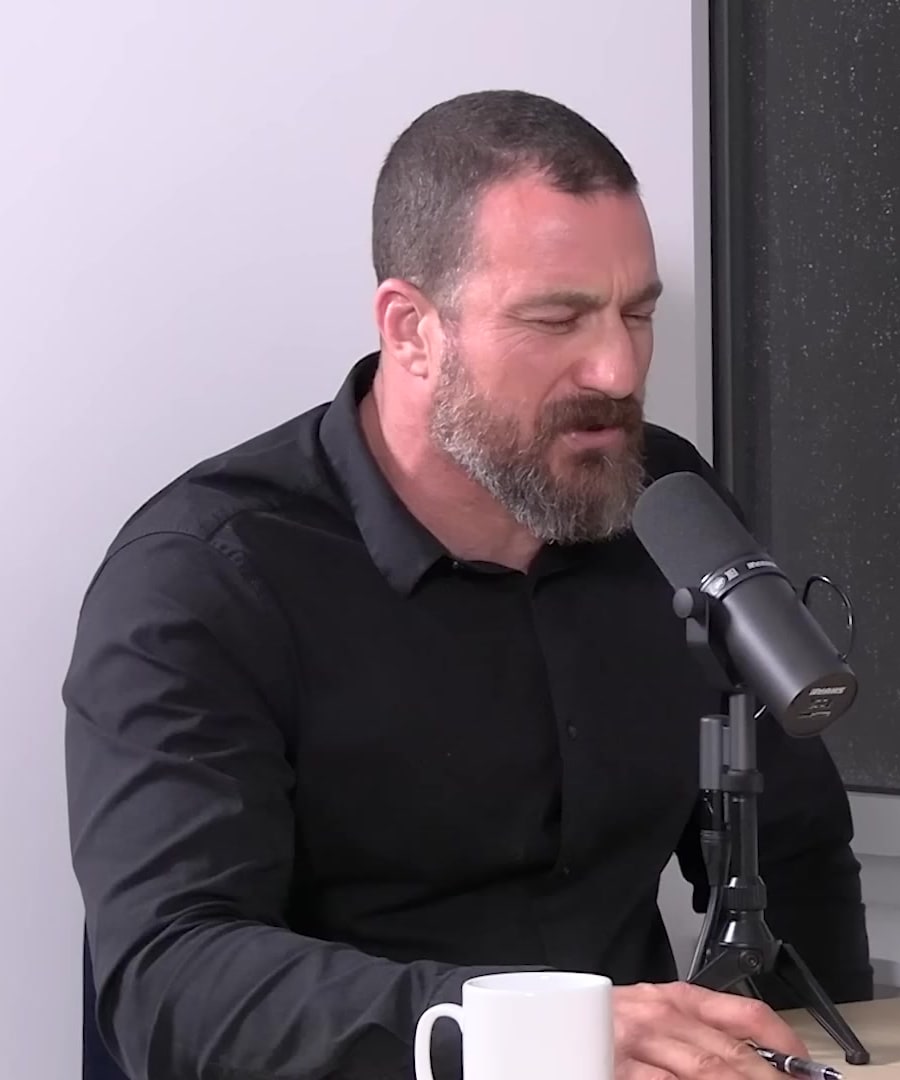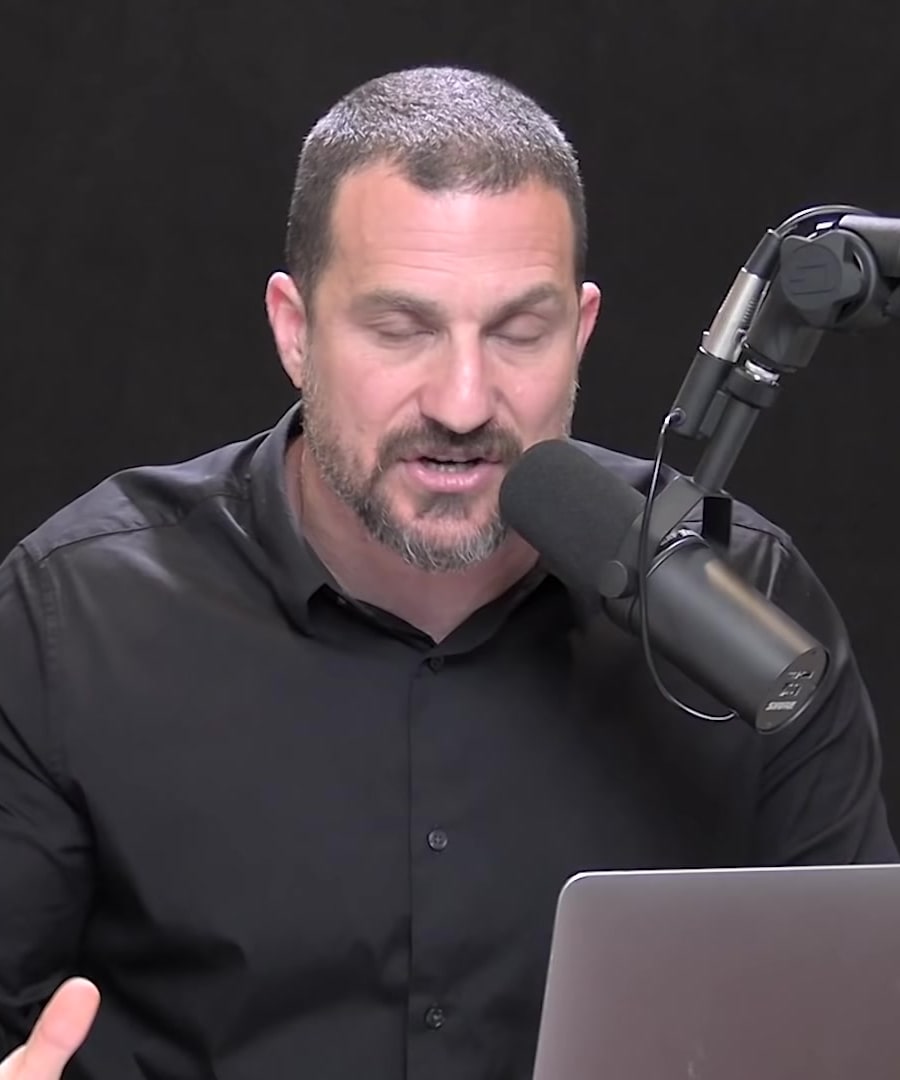How does the brain control language?
Sources:
The brain controls language through a complex network of circuits involving multiple pathways. When you read something, for instance, the visual information from the eyes is processed in the visual cortical regions at the back of the brain. This visual information is then connected to the speech production areas, particularly the Broca’s area located in the frontal lobe of the brain. While reading silently, the speech mechanism is activated internally without actual muscle movement. This internal speech is then relayed to the auditory pathways, allowing you to 'hear' the speech in your mind. Additionally, the signaling involved in writing uses circuits adjacent to those used for speech, translating auditory or motor signals into visual representations on paper 1.
Moreover, language control is markedly lateralized based on handedness. For right-handed individuals, the left brain predominantly controls language, encompassing aspects such as grammar and syntax. Conversely, for left-handed people, language functions are more evenly distributed between the two hemispheres, with some language abilities present in the right hemisphere, which is typically less linguistically involved 2.
These findings underscore the sophisticated interplay between different brain regions to perform the complex task of language processing and production.
RELATED QUESTIONS

